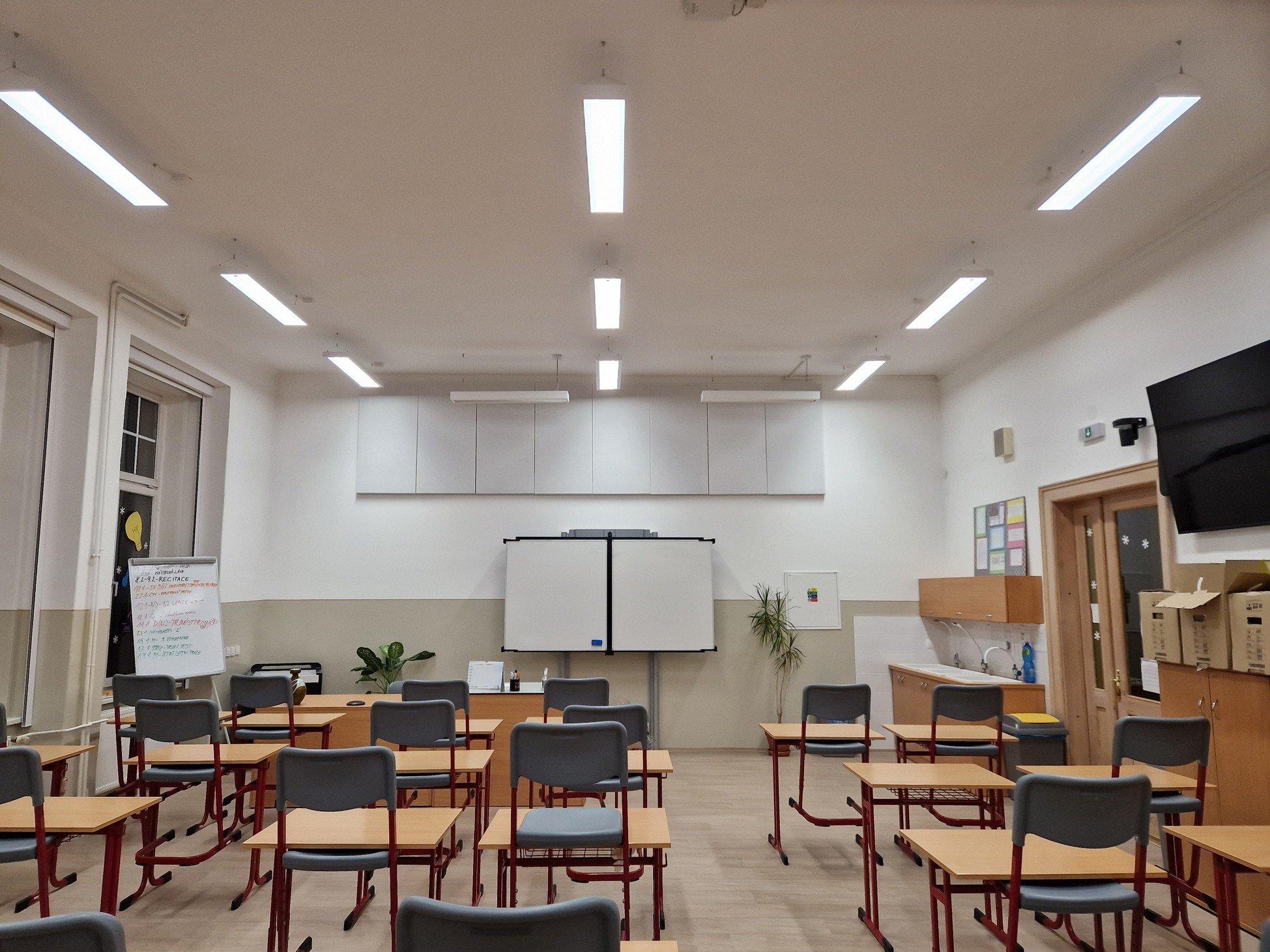Can Schools Be Treated Acoustically?
The question of whether schools can be easily acoustically treated is one that many educators, administrators, and architects grapple with. The simple answer is yes, schools can indeed be acoustically treated, but the process involves careful consideration of the unique needs and challenges inherent in educational environments.
“Acoustic treatment in schools is not just about reducing noise levels; it’s about creating optimal learning conditions that can enhance students’ concentration, comprehension, and overall educational experience.”
Solution for diverse spaces
One of the primary challenges in the acoustic treatment of schools is the diverse range of acoustic environments within a single facility. Classrooms, auditoriums, gymnasiums, and cafeterias each have their own specific needs.
For instance, classrooms require a quiet environment conducive to learning and concentration, while gymnasiums need to manage high levels of noise without making the space too acoustically dead. This diversity necessitates a customized approach to acoustic treatment, employing different strategies and materials in various parts of the school to achieve the desired acoustic balance.
Acoustic tiles in auditorium
What to use
Technological advancements and innovative materials have made it possible to address these varied needs effectively. Acoustic panels, sound-absorbing ceiling tiles, and specially designed flooring can significantly reduce echo and reverberation, making speech more intelligible and reducing the strain on both students and teachers.
Additionally, sound insulation in walls and ceilings can prevent noise from traveling between rooms and corridors, further enhancing the learning environment. These solutions not only improve sound quality but can also be integrated aesthetically into the school's design, contributing to a more pleasant and engaging educational space.
Acoustic panels in typical classroom
It should start with AN architect
However, acoustic planning in schools goes beyond just the installation of materials. Architectural design plays a crucial role in managing sound from the ground up. Incorporating acoustic treatment considerations into the design and construction of new schools can preempt many acoustic issues, creating spaces that naturally support better sound management.
For existing structures, retrofitting with acoustic solutions requires careful planning and execution to ensure minimal disruption to the school schedule while maximizing the effectiveness of acoustic measures.
Acoustic absorption panels in IT classroom
In conclusion, acoustic treatment in schools is not only possible but essential for fostering an environment conducive to learning and development. Through a combination of tailored acoustic treatments, innovative materials, and thoughtful architectural design, schools can create spaces that support the educational mission by minimizing distractions and enhancing communication.
As we continue to recognize the importance of the learning environment on student success, acoustic treatment becomes a critical component in the design and operation of educational facilities.




